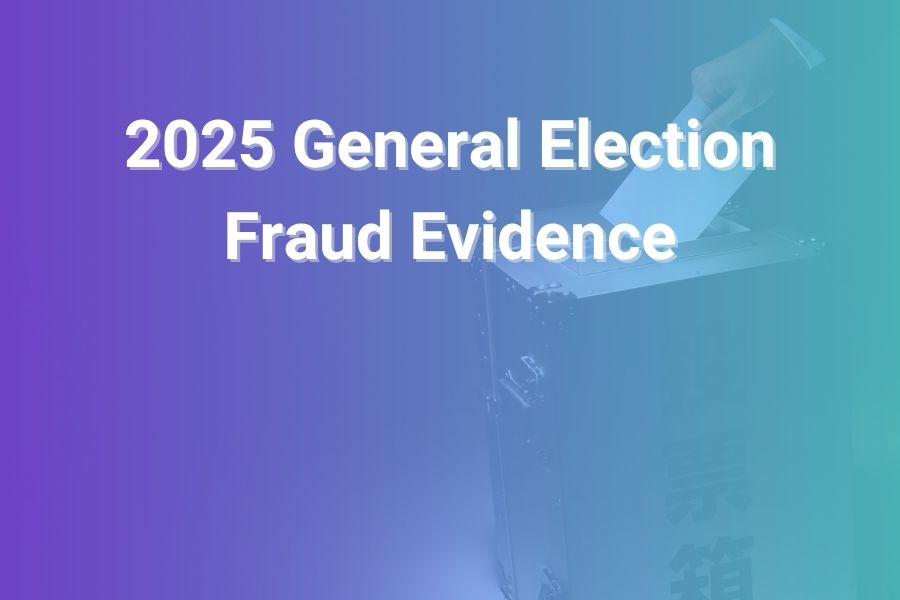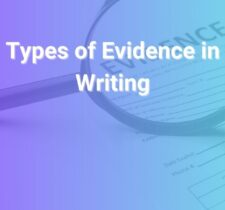The topic of election fraud in the United States remains tense and polarizing. In 2025, amid rising demands for accountability and investigations, many voters ask: is there credible, widespread evidence that fraud could tilt the general election?
This article sifts through indictments, audits, DOJ moves, academic studies, and electoral databases to assess what is real, what is exaggerated, and what we still don’t know—so you can judge for yourself in this article what the weight of evidence means for 2025.
Election Fraud in 2025: Real or Rhetoric?
What “evidence” means in this era
To count as meaningful evidence, a claim must link an actual procedural breakdown (registration fraud, duplicate voting, tampering) with material impact on results. Isolated infractions are expected—even in honest systems. What matters is scale, detection, and correction.
The Heritage Election Fraud Map: Cases, not proof of crisis
The Heritage Foundation maintains an Election Fraud Map cataloging “proven instances” of fraud—mostly small in scale and often years old. Their database includes cases like absentee ballot misuse or false registrations. But critics note the map doesn’t imply systemic failure. In many states, the fraud rate over multiple decades is vanishingly small. Brookings+1
Recent indictment examples: Pennsylvania double-voting
In 2025, federal prosecutors indicted two Pennsylvania residents for voting more than once (2020 and 2024) and for related voter fraud offenses. These are serious—but narrow in scope, prosecuted as criminal cases, not evidence of mass fraud.
Fake electors: A significant case from 2020 still unresolved
One of the most consequential fraud-related cases is Arizona v. Ward, involving 18 alleged “fake electors” who sought to falsely assert Trump won Arizona in 2020. The case includes charges of forgery, conspiracy, and fraud. This isn’t direct proof of 2025 fraud, but it’s one of the closest high-stakes elections-related prosecutions now before the courts.
Audits and reviews: machines, ballots, and discrepancies
In Wisconsin, a 2024 post-election audit found no machine errors and no tampering. Only five human errors appeared across 327,230 ballots—well within an acceptable error margin. That suggests the system resisted direct manipulation.
Meanwhile, in Minnesota, officials thwarted a registration fraud scheme before any illegal votes were cast. Their safeguards worked.
Academic analysis also constrains tampering: models of “localized vote tampering” in 2020 (e.g. tweaking a precinct’s totals) show that large-scale fraud would produce statistical anomalies easily detectable by regressions tied to demographics. arXiv
DOJ demands and roll requests: strategy or overreach?
In 2025, the U.S. Justice Department demanded detailed voter registration files from dozens of states under federal election law. Some states complied partially; many refused or pushed back citing privacy or sovereignty concerns.
The DOJ also sued six states for failing to deliver voter roll data under the National Voter Registration Act (NVRA) and Help America Vote Act (HAVA). Critics argue this is less about catching fraud and more about building a sweeping federal voter database—potentially weaponized.
Contradictory claims, political tension, and denial movement
The election denial movement holds that U.S. elections are deeply rigged. That belief persists even in the absence of evidence. Surveys in 2024 found many registered voters believe fraud is common—and beliefs often correlate with partisan alignment.
Meanwhile, organizations like Heritage sometimes push aggressive “noncitizen voting” claims based on selective sampling or extrapolation, with little verification.
What the data shows: gap between cases and system-level risk
A Brookings analysis concludes the rate of known voting fraud across multiple decades is under 0.0001% of ballots—tiny enough that no known case changed an election outcome. Brookings
The existence of small-scale fraud cases doesn’t mean a collapse. Many are prosecuted; many fail. The robustness of checks and countermeasures matter.
Contested claims about DOJ and executive action
Some critics view DOJ’s push for voter data and activism as a tool of political coercion, not genuine oversight. Others argue the Justice Department is simply enforcing federal standards meant to reduce vulnerabilities.
The tension lies in scale, motive, and constitutional limits.
Emerging threats, disruptions, and challenges
Beyond fraud, election security now deals with disinformation, bomb threats, and procedural disruptions. In Georgia’s 2024 election, more than 227 bomb threats forced polling delays; courts extended hours to compensate. One study found suppressed turnout in precincts hit by credible threats. arXiv
These disruptions can mimic the effect of fraud by suppressing votes—especially in close contests.
Key takeaways for 2025
- Voter fraud is real but rare. The documented cases are mostly narrow and do not indicate systemic collapse.
- High-stakes cases like fake electors are more worrisome—but they relate to 2020, not verified 2025 manipulation.
- Audits and safeguards in many states find little to nothing wrong.
- DOJ’s aggressive data demands may address legit oversight gaps or may be overreach depending on how data is used.
- Disruptions (threats, delays) now pose more risk to fairness than direct fraud.
- Voter confidence matters. Election security must balance transparency with privacy, legitimacy with autonomy.
What the reader should watch for before 2025
- Audit results from battleground states (margins under 1 %)
- DOJ lawsuits or new roll-purge actions
- Prosecutions of coordinated fraud—not just individual cases
- Evidence of tampering (cyber or physical) discovered via forensic methods
- Reports of polling disruptions, intimidation, or suppression tactics
- Public polling on fraud beliefs and trust in election institutions
Conclusion
If your baseline is expecting fraud of epic scale, 2025’s evidential terrain won’t satisfy that. The documented violations are too scattered, too minor, and in most cases caught or closed. Yet the pressure is real: the tools, the legal infrastructure, the public fear—all of these can shift how elections feel (and are administered).
The better question is not “Are there any frauds?” but “Do systems, laws, and institutions now have enough resilience to absorb those frauds without damage?” The current weight of evidence suggests we’re not at collapse—but trust is fragile, and vigilance must continue.







